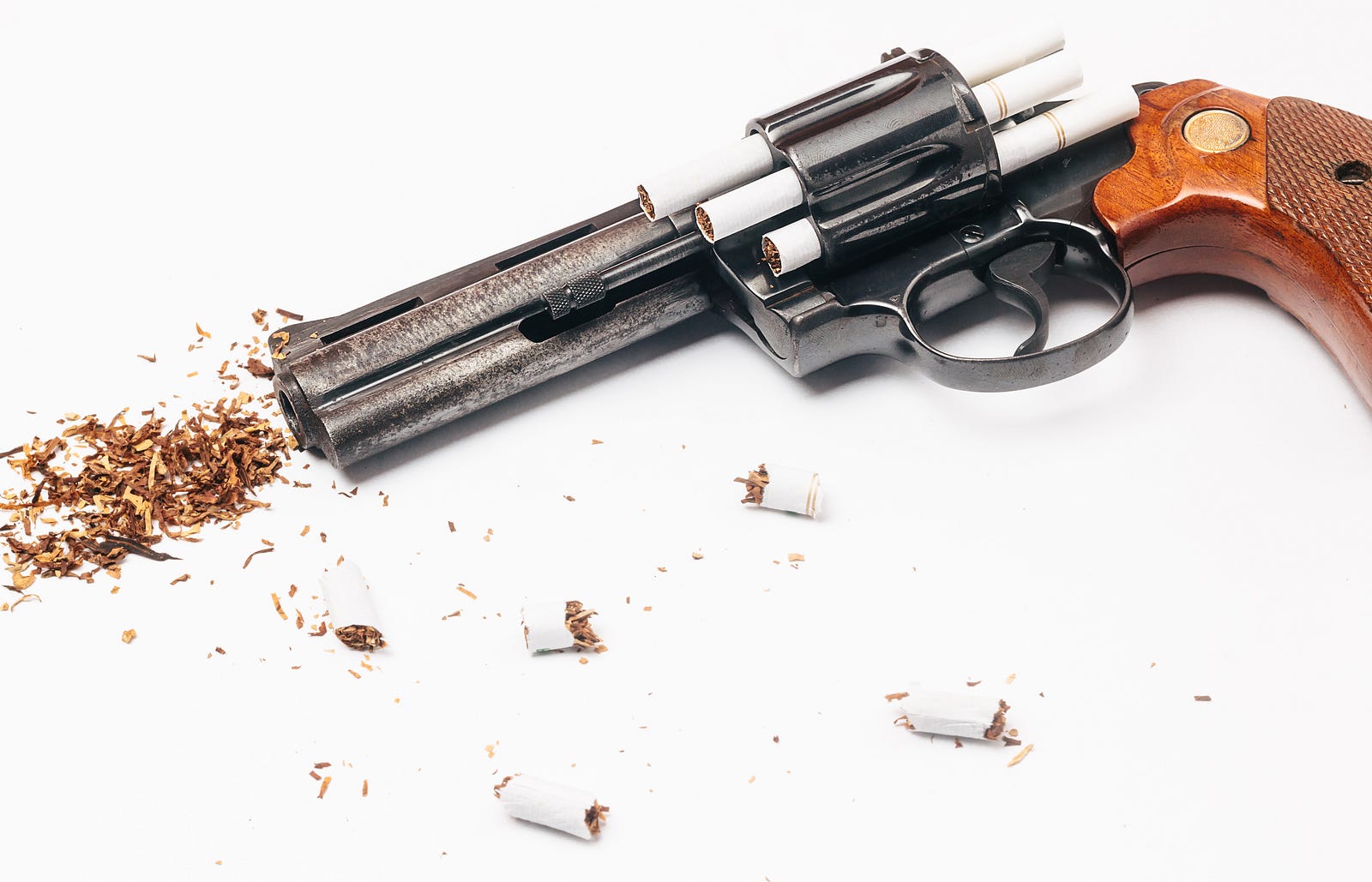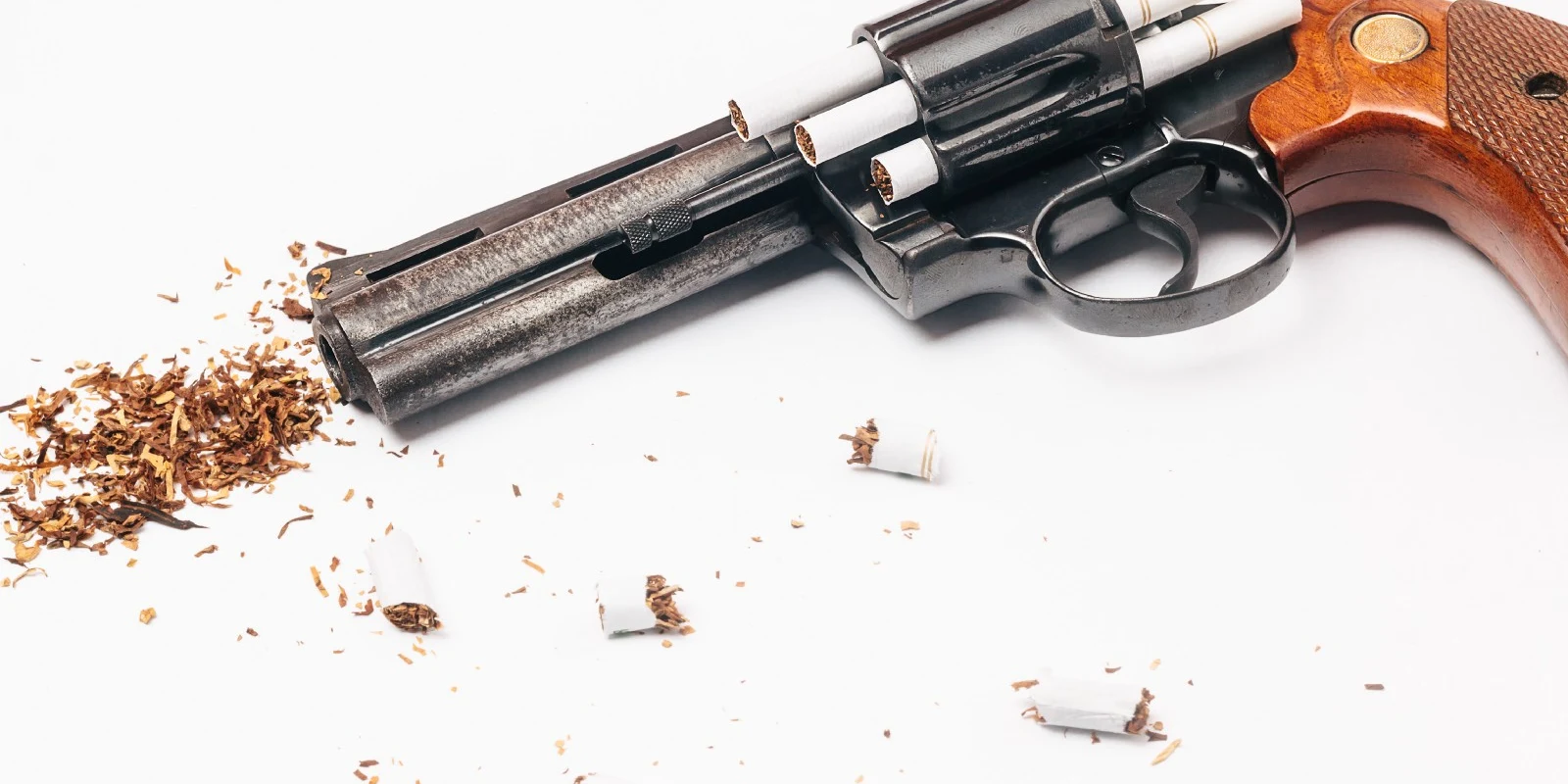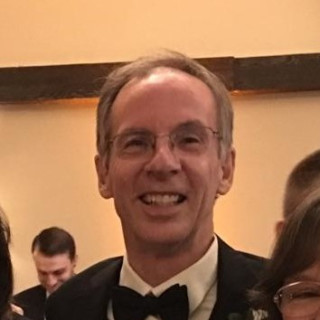
To attain a healthy society who would imagine that the American community, including the medical community, would be struggling with gun slaughters at public gathering places and schools? The tragedies in Parkland, Florida and Santa Fe, Texas again heighten awareness of the need for gun abstinence. After the gun tragedy in Florida, students and families in Parkland boisterously stated one word: “Action.”
The United States with its firmly established gun culture sustains what the American College of Physicians labeled a “here-we-go-again sense of futility.” The US is the top country with the most guns, owning almost half the world’s civilian-held firearms while making up only about 4.4% of the world population. The US also tops the Small Firearms Survey with 120.5 civilian-held firearms per 100 population. This US gun culture outlined by the Organization for Economic Cooperation and Development 50-year trend reports that the risk of death in US children 1 to 19 years old 57% greater than 19 comparator nations and US teens 82 more times likely to die at the hands of a gunman than comparator countries. The present concentration is on the opioid epidemic, but the US is enveloped in dual epidemics that closely interact with each other: guns and opioids.
A goal for a healthy society needs a clear and emphatic step from the physician community. Present proposals call for physicians to advocate policy-makers to modify or strengthen firearm research, laws, and regulations. To support or influence legislation is an appropriate action for the medical community, but not a catalytic step. Previous legal recommendations from the medical community received temporary media attention and then faded under the pressure of governmental gridlock and NRA lobbying. As time passes, so does the nation’s continued attention on this critical issue.
A force appeared with calls for “action” in our communities. This came from multiple sources spurred by a vocal group of adolescents and their families. Most of the action calls are for someone else to do something, particularly governmental officials. It is time for some group to act themselves, not just request action from other sources. Education may be considered an action response, unfortunately the education is from multiple conflicting sources, even with restrictions applied to the physician-patient relationship.
Does an “action” choice from the medical community exist at this critical time? Guns are dangerous products that patients buy and use, dangerous like tobacco but with more rapid morbidity and mortality. The only direct purpose of a gun is to destroy something: a target, an animal, or a person. A higher quality gun product is designed to increase its destruction potential. An action is needed that will involve the entire medical community and affect the American public as a whole in addressing the core issue of gun ownership as an unhealthy facet of the United States community.
What is needed is a joint plan from a large group of major professional medical societies and the Surgeon General on a solid step addressing gun violence in the United States. The approach to tobacco use shows the model. Tobacco use has declined dramatically in the US. The public, government, and tobacco companies were initially reluctant to hear any science or recommendations. One of the first steps to show the public a real concern for the dangers of buying and using tobacco was for certain groups to stop tobacco use themselves. One of the first groups to almost universally stop using tobacco was the physician community. This led other groups to follow and the general public to acknowledge, then demand no smoking policies. There are still many Americans that use tobacco, but there are very few Americans that do not believe that tobacco is dangerous for them and to those around them. Most patients believe their physician does not smoke. There are almost no Americans who want their children to smoke or have tobacco products near schools. The country’s response to tobacco products was a major step toward creating a healthy community.
The first physician action step toward change in the United States should have clear public exposure. The first step should not be to make demands of reluctant American individuals and government officials. It should not be a step on how to handle a dangerous product that you should not even own. Physicians have the mechanism to implement a country-wide step. Physicians have a unique and meaningful relationship with public opinion on life, death, and health. Can we act and offer that all physicians in the United States voluntarily decide not to own any gun? The medical community including the major medical societies and Surgeon General jointly would propose to have all physicians in the United States voluntarily commit to not own any gun and post this data prominently. Medical schools in the US can add to the graduating oath a voluntary healthy pledge to not own a gun. Similar to tobacco prevention methods, the next step would be to approach other groups in the US to follow and voluntarily give up gun ownership. This voluntary step would not initially require an ambivalent government to take reluctant action and would have nothing to do with the second amendment. This personal physician step would not directly challenge the National Rifle Association. With many action proposals a unifying phrase to galvanize support is created, a phrase to keep the dream alive. This is a simple choice for physicians. A program to set up all physicians in the United States to not own a gun would be titled DO NO HARM.
Envision that seeing a physician who has voluntarily chosen not to own a gun is more effective than a physician telling patients how to handle a gun. Consider the influence towards a healthy society that we could have in the United States where every person who goes to a medical office, emergency room, urgent care, or hospital knows that the doctor they see does not own a gun.
Dr. Fornace is a non-invasive cardiologist located in the suburban Philadephia area. The views expressed in the submitted article are this author’s own and not an of_cial position of any group or society. There are no conflicts of interest.
References
- Karp, Aaron. Small Arms Survey. Estimating Global Civilian Held Firearms Numbers. Small Arms Survey. First edition: September 2011 This edition: June 2018. http://www.smallarmssurvey.org/fileadmin/docs/T-Briefing-Papers/SAS-BP-Civilian-Firearms-Numbers.pdf First edition: September 2011 This edition: June 2018
- Atwood, David, Anne-Kathrin. ATF (United States Bureau of Alcohol, Tobacco, Firearms and Explosives). 2017a. Annual Firearms Manufacturing and Export Report: Year 2016 Final* Manufactured Firearms Distributed into Commerce. Washington, DC: ATF. — . 2017b. Firearms Commerce in the United States: Annual Statistical Update 2017. Washington, DC: ATF. https://www.atf.gov/news/pr/atf-releases-2017-report-firearms-commerce-us
- Thakrar AP, Forrest AD, Maltenfort MG, Forrest CB. Child Mortality In The US And 19 OECD Comparator Nations: A 50-Year Time-Trend Analysis. 10.1377/hlthaff.2017.0767 HEALTH AFFAIRS 37, NO. 1 (2018): 140–149 ©2018 Project HOPE — The People-to-People Health Foundation, Inc. http://www.projecthope.org/assets/documents/Child-Mortality-in-the-US-and-19-OECD.pdf







